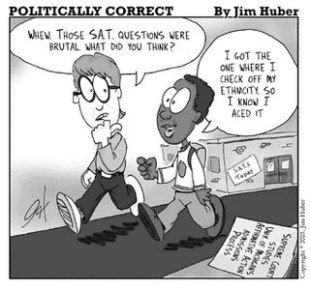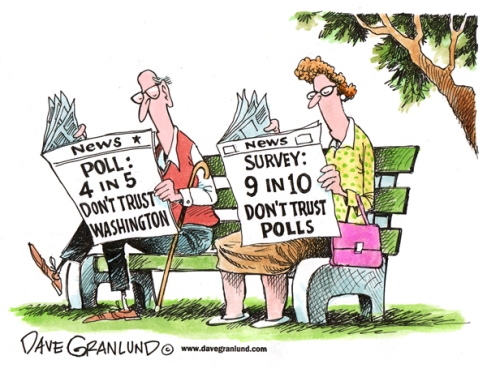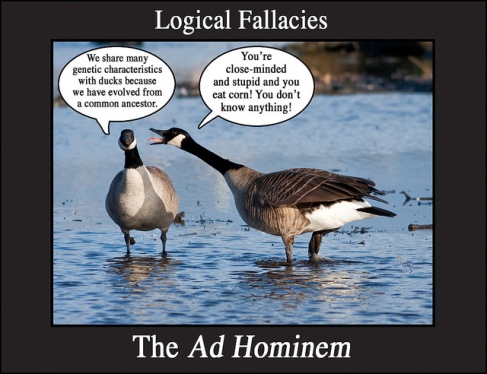Death is the unavoidable conclusion to our time on this earth and there is much debate on what is ethical when it comes to how it can take place when it doesn’t occur from natural causes. In this essay I will be examining the topic of death as it relates to abortion, euthanasia, and the death penalty. I believe that people have a right to make choices about their body and health and that death is a natural part of society and too many obstacles are being set up in an attempt to avoid it. Quality of life is more important than just being alive and a person living with a low quality of life as far as their health is concerned should have the option to die. Life without quality is worse than dying. While some people may take the stance that all life is sacred and should protected even if it is only for the sake of being alive and not for its enjoyment, I believe my stance is important to a societal morality because the world’s population is increasing and the prolonging of all life actually lowers the quality of life for many people. Trying to get rid of things such as abortion, euthanasia, and death penalty allow the world’s population to rise above what can be sustained by its resources and so death shouldn’t be avoided. In situations where the quality of life of a person or of those in a society is threatened, death is the best option for all involved.
In building on my views on death being a better alternative to have a lower quality of life, I believe that abortion is a situation in which the quality of life of both the mother and child should be considered. I believe that if a mother does not have the means to support a child it is an acceptable option to abort the child in order to save it from the low quality of life it would have to bear if it were to be born. Although some people might oppose my view by saying that abortion is murder and is wrong because murder is a cruel act. I disagree because I believe that the fate that some children endure because their families are not capable of providing even the most basic needs of the child is sometimes worse than if they were never born. The mother and family should be able to make the decision that is most beneficial for the child’s potential life.
Euthanasia is another situation in which the quality of a person’s life must be considered before making a decision on whether they should have the option to end their life however more consideration should be given to the physical health of the person looking into euthanasia than the mental or emotional health. I believe a person should have the right to choose when they want to end their life if they are in a position where they feel that life is not worth it. Patients with terminal illnesses or that are in physical agony should be able to go out on their own terms if they feel that is their best option.
Bibliography
CDC. http://www.cdc.gov/reproductivehealth/Data_Stats/. n.d. 25 May 2013.





